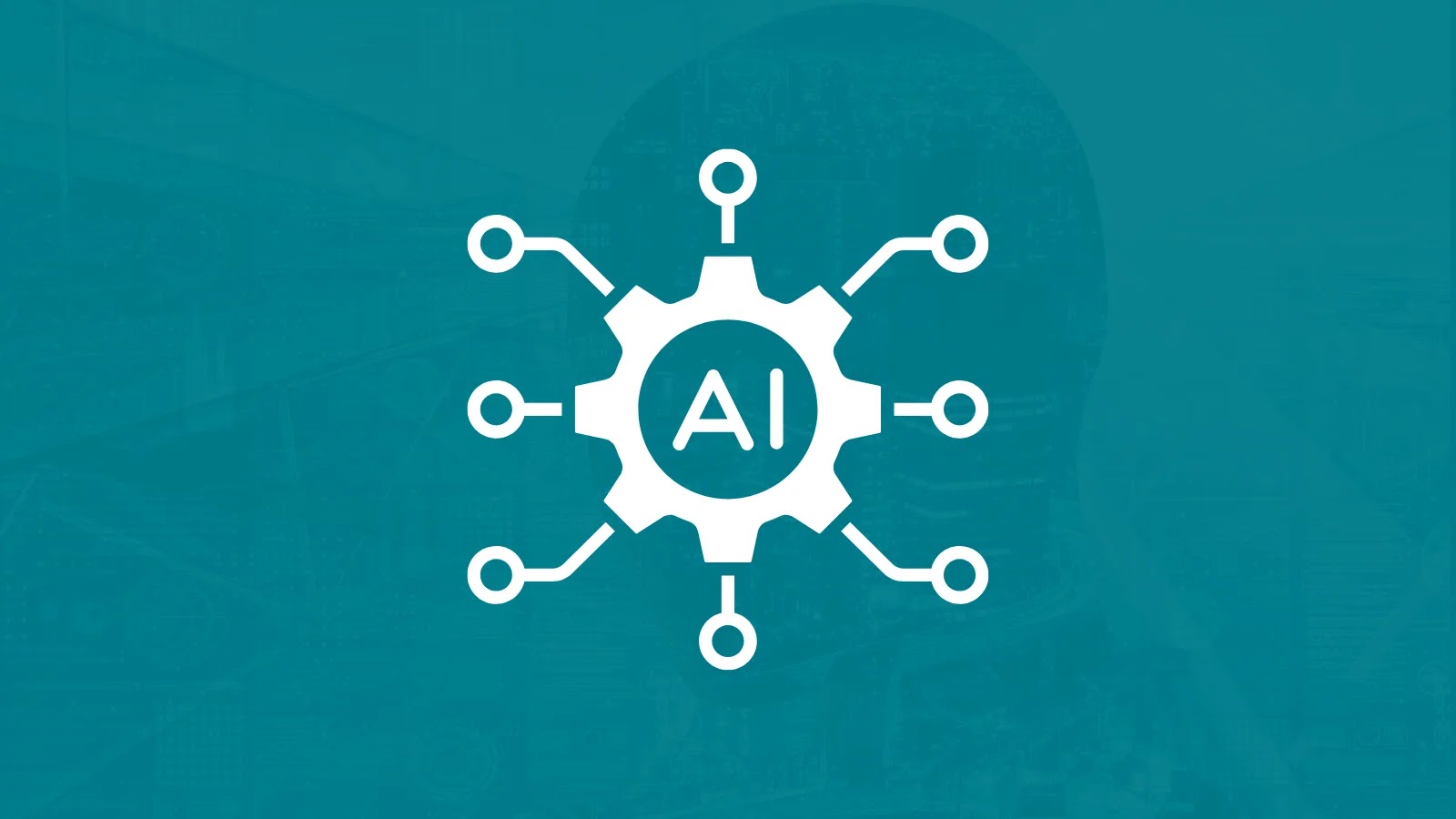
Critical Argument Injection Vulnerability in Popular AI Agents Let Attackers Execute Remote Code
A silent threat has emerged from the very tools designed to enhance efficiency: a critical argument injection vulnerability impacting several prominent AI agent platforms. This flaw isn’t just theoretical; it actively enables attackers to bypass established human oversight and achieve Remote Code Execution (RCE) through what appear to be innocent user prompts. The implications are significant, challenging the core trust we place in intelligent automation.
The Hidden Danger: Argument Injection in AI Agents
At the heart of this vulnerability lies a sophisticated attack vector known as argument injection. Unlike traditional command injection that directly manipulates shell commands, argument injection exploits how AI agents construct and execute internal system commands. According to a detailed analysis by Trail of Bits, this vulnerability targets pre-approved system commands intended for legitimate functions like file searches or code analysis.
The core problem arises when an AI agent, in its effort to fulfill a user’s request, dynamically generates a system command but fails to properly sanitize or escape user-supplied input that becomes an argument to that command. An attacker can craft a prompt containing malicious arguments, which, when incorporated into the system command, alters its intended behavior. This manipulation can lead to unintended execution of arbitrary commands, effectively giving the attacker control over the underlying system.
Understanding the Mechanism: How RCE is Achieved
The path to RCE via argument injection is cunning. Imagine an AI agent designed to search for files. A benign prompt might be “find me files related to Project X.” The AI might translate this into an internal command like find /var/www/data -name "Project X.pdf". However, with argument injection, an attacker could submit a prompt that, when parsed, results in a command similar to find /var/www/data -name "Project X.pdf" -exec rm -rf / ;". The additional arguments, seemingly part of the file name, are interpreted by the underlying system command as instructions to execute other commands, in this case, a destructive file deletion.
What makes this particularly insidious is the bypass of human approval. Since the initial prompt appears innocuous, and the system command is ostensibly derived from pre-approved templates, the human oversight mechanisms designed to prevent malicious actions are rendered ineffective. The AI agent, acting within its programmed parameters but fed malicious input, becomes an unwitting accomplice in the attack.
Impact and Severity: A Critical Threat
The potential ramifications of this critical flaw are severe. RCE is one of the most dangerous vulnerabilities, allowing attackers complete control over a compromised system. This could lead to:
- Data Exfiltration: Accessing and stealing sensitive information.
- System Compromise: Installing malware, creating backdoors, or taking over the entire server hosting the AI agent.
- Service Disruption: Deleting critical files or shutting down services.
- Lateral Movement: Using the compromised AI agent’s access to pivot to other systems within the network.
While specific CVE numbers for these three unnamed platforms are not publicly detailed in the provided source, the nature of the vulnerability suggests a high CVSS score, likely in the critical range due to its network-exploitable RCE potential without user interaction beyond the initial prompt.
Remediation Actions for AI Agent Developers and Users
Addressing argument injection vulnerabilities requires a multi-faceted approach, focusing on robust input validation and secure command generation practices.
- Strict Input Sanitization and Escaping: Developers must implement rigorous sanitization and escaping routines for all user-supplied input that is used to construct system commands. This includes proper quoting and escaping of special characters.
- Principle of Least Privilege: Ensure that the underlying processes executing system commands have only the bare minimum permissions necessary to perform their intended function.
- Whitelisting of Commands and Arguments: Instead of blacklisting potentially dangerous characters, consider whitelisting approved commands and acceptable argument formats.
- Contextual Input Validation: Validate user input not just for malicious characters, but also for its semantic context. Does the input make sense given the expected arguments of the command?
- Regular Security Audits and Penetration Testing: AI agent platforms should undergo frequent and thorough security audits, specifically looking for injection vulnerabilities in dynamic command generation.
- Monitor AI Agent Behavior: Implement robust logging and monitoring to detect unusual command executions or anomalous activities originating from AI agent processes.
Tools for Detection and Mitigation
While the specific nature of AI agent vulnerabilities can be unique, several categories of tools can aid in detecting and mitigating such risks:
| Tool Name | Purpose | Link |
|---|---|---|
| SAST (Static Application Security Testing) Tools | Analyze source code for potential injection flaws before deployment. | OWASP Foundation |
| DAST (Dynamic Application Security Testing) Tools | Test running applications for vulnerabilities by sending malicious inputs. | OWASP ZAP |
| Web Application Firewalls (WAFs) | Filter and monitor HTTP traffic between a web application and the Internet, potentially blocking known attack patterns. | Cloudflare WAF |
| Intrusion Detection/Prevention Systems (IDS/IPS) | Monitor network traffic and/or system activities for malicious behavior or policy violations. | Snort |
Conclusion
The discovery of critical argument injection flaws in popular AI agent platforms serves as a stark reminder that even advanced technologies carry inherent risks. The ability to achieve RCE through seemingly benign prompts, bypassing human oversight, underscores the necessity for vigilant security practices in the development and deployment of AI. As AI agents become more deeply integrated into critical infrastructure, their attack surface will only grow. Prioritizing secure coding practices, rigorous input validation, and continuous security assessments are paramount to safeguarding these emerging technologies and the systems they interact with.





